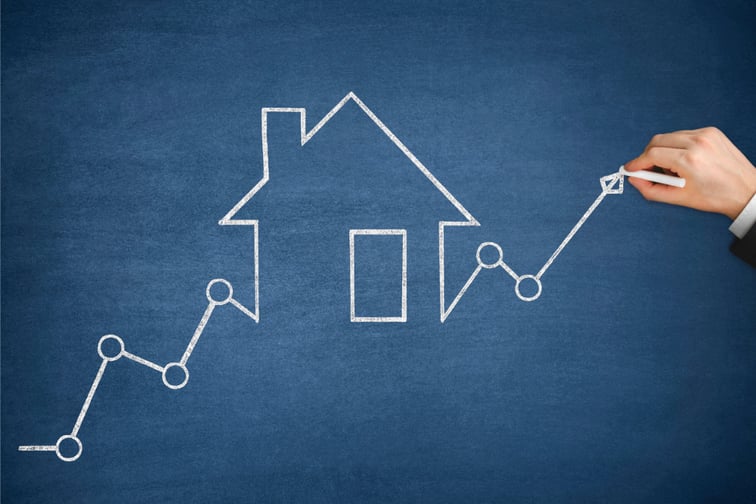

In the weeks leading up to February 21, the Australian Bureau of Statistics (ABS) revealed the number of overseas arrivals spiked up to 195,760 as international students, permanent residents and Australian citizens were welcomed back amid concerns of the Omicron wave in December.
Travellers from New Zealand made up 40% of international visitors arriving for a short-term trip, according to the ABS. In spite of being the largest group, the count was much lower compared to the 1.4 million recorded in the pre-pandemic era of 2019.
Historically, almost half of overseas migrants end up in the same 10 SA4 regions located in Melbourne and Sydney, while the Gold Coast and the Sunshine Coast have always been the strongest when it comes to internal migration.
“The flow of people arriving from overseas is different to the flow of people moving internally in Australia, which is part of why housing market dynamics have looked a little different through a period of closed international borders,” CoreLogic reported.
If conditions remain as they are, the continued surge in overseas migration would most benefit Melbourne’s Inner region, where rental value in the inner-city has declined 11.3% in the past two years.
Eliza Owen, head of residential research at CoreLogic, unpacked what she called a “tenure cycle,” where fresh migrants start with rent and eventually, with enough time, settle for home ownership.
“Most overseas immigrants tend to experience…rent and shared accommodation. The likelihood of home ownership increases with time in Australia, to the extent that rates of home ownership among overseas migrants is comparable with those that are Australian born,” Owen said. “But this means that recent arrivals to Australia are most likely to be renting, and this is where the housing market was most negatively impacted by border closures from March 2020.”
“It is also noteworthy that a decline in migration through the COVID period may eventually flow through to a lower demand in purchases where overseas migrants would otherwise be further along in their tenure cycle,” Owen added. “This could have implications for areas like Melbourne’s West and Sydney’s inner west SA4 markets, where there have historically been high internal migration flows from the inner city to these places.”
